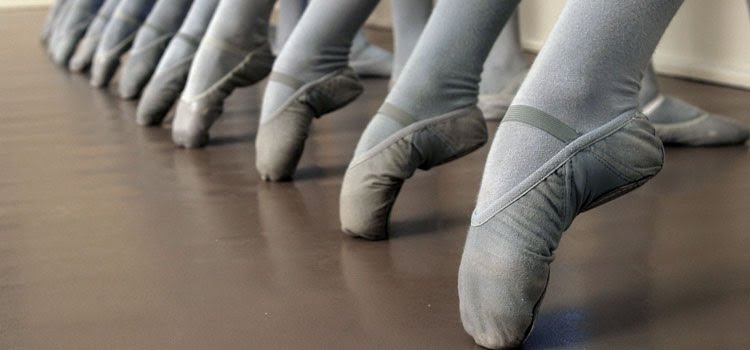Out on a limb: The arch triumphs
The spring-like properties of the arch of the foot may improve running economy. Could the right footwear design help even more?
By Jordana Bieze Foster, Editor, Lower Extremity Review February 2015
New research from the University of Western Australia will put some extra spring in a runner’s step – but only if he or she is wearing the right kind of footwear.
In discussions of running mechanics, we hear a lot about the spring-like properties of the lower extremities, which are significantly dependent on the tendons’ ability to store and release energy, reducing demand on muscles and in turn improving metabolic efficiency. What we don’t hear as much about—although the concept is hardly new—are the spring-like properties of the arch of the foot and how those might also improve running economy.
Considerable effort has been made to design foot orthoses and other interventions that will help maintain the structural integrity of the arch of the foot. But during running, the arch of the foot becomes elastic, storing energy as it is compressed and releasing energy as it recoils. Those spring-like properties, like those of tendons, would seem to be beneficial for improving running economy.
But this raises the question of whether foot orthoses that limit arch compression will negatively affect the metabolic cost of running. That’s what the new Australian study, published in mid-January by Scientific Reports, was designed to assess.
The researchers found that, during moderate-speed running in lightweight, zero-drop shoes, foot orthoses designed to limit arch compression by 80% increased metabolic cost by about 6%—a figure that would likely be higher at faster running speeds. Although forefoot-strike running is associated with greater arch compression than rearfoot-strike running, the study found that habitual foot strike pattern did not appear to influence the effects of the intervention.
The metabolic cost of walking was not significantly affected by limiting arch compression, which the authors hypothesized is because walking involves lower loads than running and is more dependent on the windlass function of the arch than its spring-like properties.
The authors concluded that runners will want to weigh the potential biomechanical benefits of footwear or orthotic devices that restrict arch compression against the potential negative effects on running economy. And that seems reasonable enough.
But what about the possibility that footwear or orthotic devices could be designed to enhance the spring-like properties of the arch rather than restricting them?
In the March 1996 issue of Research Quarterly for Exercise and Sport, investigators from the University of North Carolina-Greensboro assessed a prototype running shoe with a carbon fiber leaf-spring component in the midfoot area of the midsole precisely for this purpose.
The prototype shoe, which also included an elastic strap designed to mimic the spring-like action of the Achilles tendon, was associated with up to 2% less oxygen uptake than a conventional running shoe—a difference that the authors said could take up to two minutes off an elite runner’s marathon time.
Oddly, however, this type of approach to improving running performance does not appear to have gained much traction in the last 20 years. Perhaps that means the market is poised for what you might call a spring awakening.
Source Lower Extremity Review
| References |
Aerobic demand of running shoes designed to exploit energy storage and return, Morgan DW, Miller TA, Mitchell VA, Craib MW. Res Q Exerc Sport. 1996 Mar;67(1):102-5. doi: 10.1080/02701367.1996.10607931.
| Further reading |
The Foot’s Arch and the Energetics of Human Locomotion, Stearne SM, McDonald KA, Alderson JA, North I, Oxnard CE, Rubenson J. Sci Rep. 2016 Jan 19;6:19403. doi: 10.1038/srep19403. Full text

